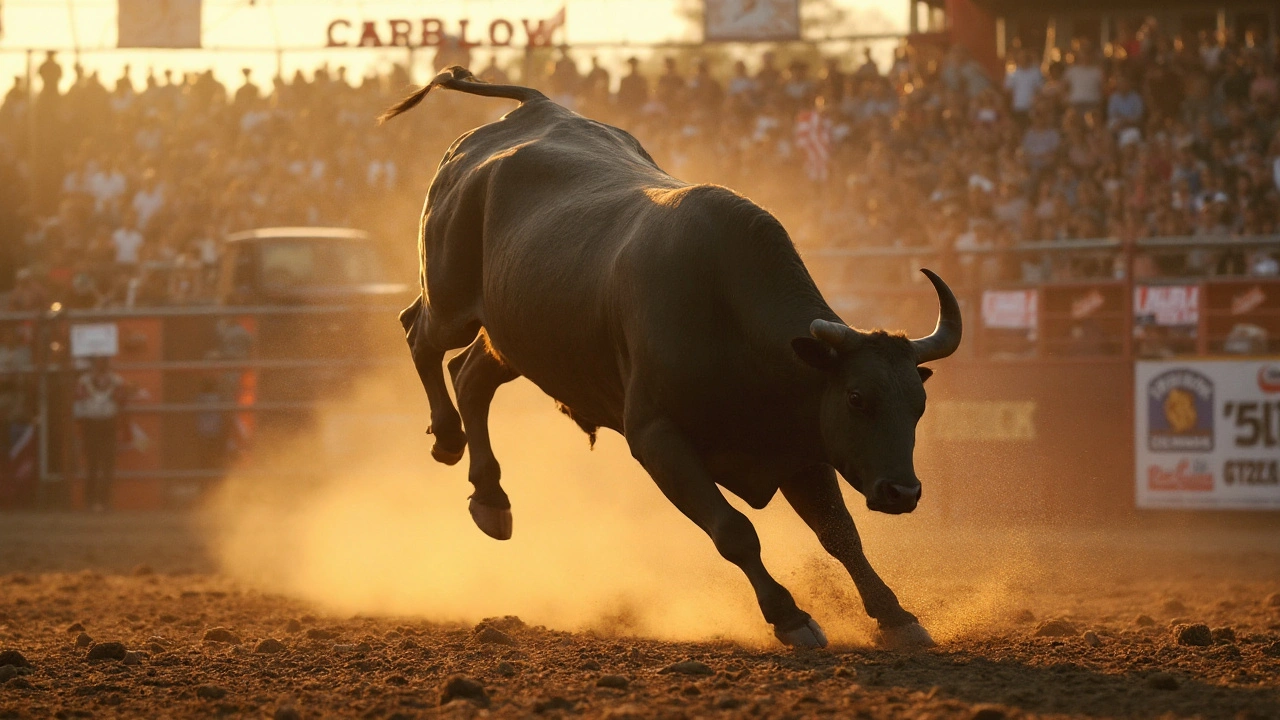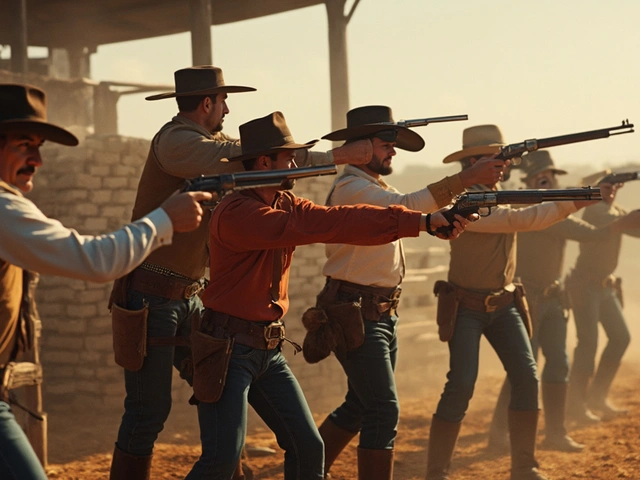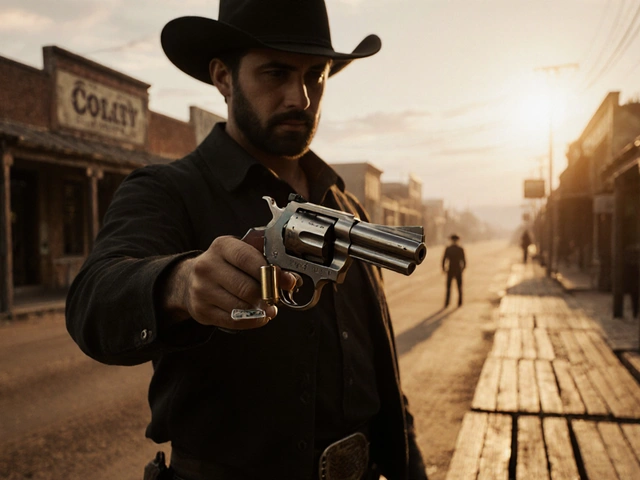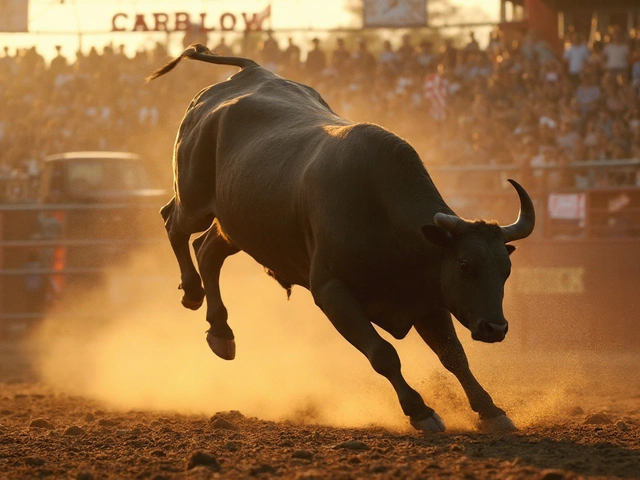OTC Stress Relief: Best Over-the-Counter Options to Beat Anxiety
July 30 2025Animal Welfare in Shooting Sports
When you head out to the range or the field, the last thing you want is to cause unnecessary harm. Good shooters care about the animals they encounter, whether it’s a deer on a hunt or a rabbit that darts across a practice area. Respecting animal welfare isn’t just about feeling good – it keeps the sport sustainable and builds trust with the community.
Why Animal Welfare Matters for Shooters
First, humane practices protect wildlife populations. A clean, ethical shot means the animal doesn’t suffer, and it helps hunters stay within legal limits. Second, many public lands and private ranges require proof of responsible behavior before they’ll let you use their facilities. Showing that you care about animal welfare opens doors to better shooting locations and events.
Finally, when shooters support conservation, the habitat stays healthy for both game and non‑game species. Money from licenses, fees, and donations often funds habitat restoration, research, and education programs. Your actions at the range can directly influence how those funds are used.
Practical Steps to Promote Humane Practices
Start with proper training. A certified instructor can teach you how to aim, breathe, and follow through so your shot lands where it counts. If you miss, be ready to track the animal quickly and make a follow‑up shot if necessary. Never walk away from a wounded animal – it’s both moral and often required by law.
Choose the right ammunition. For hunting, match your bullet type to the game. Expanding bullets create rapid tissue damage, reducing suffering. At a range, use lead‑free or frangible rounds to keep the environment clean and avoid contaminating soil and water.
Practice regularly at a safe, well‑maintained range. Clean the backstop, pick up any stray shot, and report any hazards. A tidy range protects both people and local wildlife that might wander in.
When you hunt, follow seasonal regulations and respect slot limits. These rules are based on scientific data that ensures populations stay robust. If you’re unsure about a rule, call the local wildlife agency – they’re usually happy to help.
Consider volunteering with a conservation group. Many organizations run workshops on humane hunting, habitat restoration, and data collection. Your time and insight as a shooter can make those projects more effective.
Finally, keep your equipment in good shape. A well‑lubricated rifle or a clean shotgun fires more accurately, which cuts down on missed shots and the chance of wounding an animal unintentionally.
By weaving animal welfare into every part of your shooting routine, you protect the animals, the land, and the future of the sport. It’s a win‑win that feels right and keeps the shooting community strong.
 8 Aug
8 Aug
Why Do Rodeo Bulls Jump So Much? Bucking Explained with Instinct, Gear, Breeding, and Safety
Curious why rodeo bulls jump and buck? Get the science, the gear, the breeding, and the welfare facts-clear, practical, and myth-free.
Read More...




